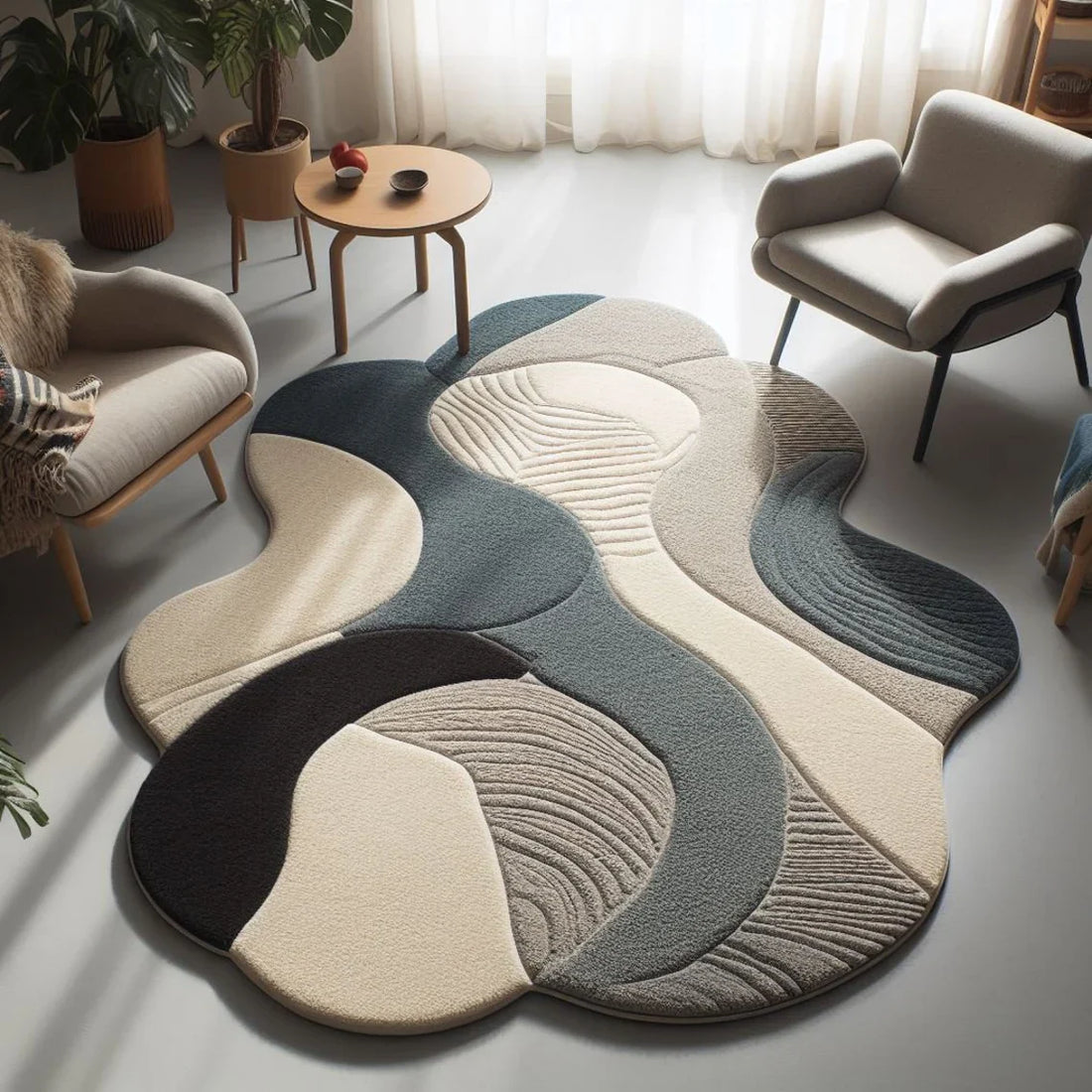
10 Mistakes to Avoid During Bespoke Furnishings
Sai SandeepShare
Bespoke furnishings allow homeowners to create unique, personalized spaces that reflect their style and functional needs. However, designing custom furniture comes with challenges, and even minor mistakes can lead to costly and impractical results.
At Artvikta Studio, we specialize in crafting bespoke interiors that perfectly blend aesthetics and functionality. To ensure a seamless experience, here are ten common mistakes to avoid when investing in bespoke furnishings.
1. Ignoring Space Planning
One of the most crucial steps in bespoke furniture design is space planning. Failing to measure accurately can lead to furniture that is either too big or too small for the intended space.
Common Issues:
-
Oversized furniture making the room feel cramped.
-
Undersized pieces that look out of place.
-
Blocked pathways disrupting movement.
How to Avoid This Mistake:
-
Take precise measurements of the room and available space.
-
Consider the scale and proportion of furniture in relation to the overall layout.
-
Use 3D visualization tools or consult an interior designer to plan the placement before finalizing the design.
Related Read: 5 Reasons Why Bespoke Interiors Transform Your Space
2. Choosing Style Over Functionality
While aesthetics are important, prioritizing looks over functionality can lead to discomfort and inconvenience.
Common Issues:
-
Beautiful but uncomfortable seating.
-
Impractical storage units that don’t serve real needs.
-
Fragile materials that require high maintenance.
How to Avoid This Mistake:
-
Focus on a balance between design and usability.
-
Ensure furniture pieces align with daily lifestyle needs.
-
Opt for ergonomic designs, especially for chairs, sofas, and workstations.
Example: A visually stunning but overly deep couch might not provide proper back support, making it uncomfortable for long-term use.
3. Overlooking Material Selection
Materials play a significant role in the durability and maintenance of bespoke furniture. Choosing the wrong material based on appearance alone can lead to disappointment.
Common Issues:
-
Cheap materials wearing out quickly.
-
High-maintenance surfaces requiring constant care.
-
Mismatched materials affecting overall harmony.
How to Avoid This Mistake:
-
Research different materials before making a decision.
-
Consider durability, maintenance, and suitability for the climate.
-
Work with professionals to source high-quality and sustainable materials.
Example: Opting for a glass dining table in a home with children might not be practical due to safety concerns.
4. Not Considering Future Needs
Bespoke furniture is an investment, so it should adapt to future needs rather than being designed for immediate use only.
Common Issues:
-
Lack of modularity or flexibility in design.
-
Designs that don’t accommodate changing family dynamics.
-
Furniture that doesn’t cater to evolving preferences.
How to Avoid This Mistake:
-
Choose designs that are adaptable and versatile.
-
Plan for future storage or seating needs.
-
Invest in modular furniture that can be expanded or reconfigured.
Example: A growing family may benefit from an expandable dining table instead of a fixed-size one.
5. Ignoring Budget Constraints
Bespoke furniture can be expensive, and failing to set a budget can result in unnecessary costs.
Common Issues:
-
Unexpected expenses due to material and labor costs.
-
Over-customization leading to high costs.
-
Compromising quality to cut costs.
How to Avoid This Mistake:
-
Set a realistic budget and discuss it with your designer.
-
Prioritize essential customizations and avoid unnecessary add-ons.
-
Work with professionals to get cost-effective yet high-quality solutions.
Pro Tip: Consider alternative materials that provide durability without breaking the bank.
6. Poor Craftsmanship and Workmanship
The quality of craftsmanship determines how long your bespoke furniture will last. Choosing the wrong manufacturer or artisan can lead to poorly finished or structurally weak pieces.
Common Issues:
-
Loose joints and weak structures.
-
Uneven finishing and rough edges.
-
Lack of attention to detail.
How to Avoid This Mistake:
-
Research and hire experienced craftsmen.
-
Check previous work and client testimonials.
-
Ensure proper finishing techniques are used.
Example: A custom wardrobe with misaligned doors can affect both aesthetics and usability.
7. Skipping Ergonomic Considerations
Ignoring ergonomics can result in furniture that is uncomfortable and impractical for everyday use.
Common Issues:
-
Chairs that don’t support posture.
-
Tables with incorrect height proportions.
-
Beds that cause back strain.
How to Avoid This Mistake:
-
Consult professionals for ergonomic design recommendations.
-
Test seating and comfort levels before finalizing designs.
-
Ensure proper height and depth proportions for desks and sofas.
Example: A work-from-home desk should be designed to provide optimal comfort and prevent strain during long hours.
8. Lack of Proper Finishing and Detailing
The finishing and detailing of bespoke furniture can elevate or diminish its overall appeal.
Common Issues:
-
Rough edges that feel uncomfortable.
-
Poor paint or polish leading to chipping.
-
Ignoring minor aesthetic details.
How to Avoid This Mistake:
-
Request a sample finish before finalizing the piece.
-
Ensure all corners and edges are smooth and well-crafted.
-
Opt for high-quality paint, polish, and protective coatings.
9. Not Matching the Overall Theme
Custom furniture should blend seamlessly with the overall theme of your space. Mismatched pieces can disrupt the harmony of the interiors.
Common Issues:
-
Clashing styles between furniture and decor.
-
Disproportionate designs that don’t fit the space.
-
Choosing trends that don’t complement the existing aesthetic.
How to Avoid This Mistake:
-
Define a cohesive design theme before commissioning furniture.
-
Ensure furniture aligns with the color palette and textures in the room.
-
Work with interior designers to maintain consistency.
Example: A sleek, modern glass coffee table may look out of place in a rustic-themed living room.
10. Rushing the Process
Bespoke furnishings require time and precision. Rushing the process can lead to compromised quality and unsatisfactory results.
Common Issues:
-
Hasty decisions resulting in design flaws.
-
Shortened production times affecting quality.
-
Lack of proper coordination with designers and craftsmen.
How to Avoid This Mistake:
-
Set realistic timelines for design and production.
-
Be patient and review each stage of development.
-
Allow time for quality checks before installation.
Conclusion
Avoiding these common mistakes can help ensure a smooth and successful bespoke furnishing experience. At Artvikta Studio, we prioritize precision, quality, and personalization, ensuring every piece is crafted to perfection.
Looking for expert guidance on custom furnishings? Get in touch with us today to transform your space with handcrafted designs that match your style and functionality needs.
Explore More: Discover Our Bespoke Interior Solutions
